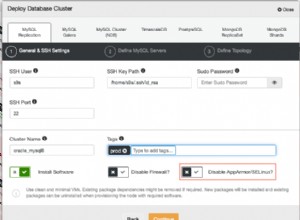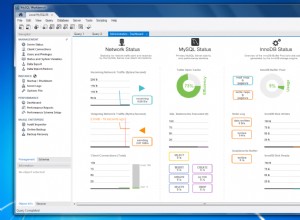Seguiremo i passaggi seguenti.
- Aggiungi una nuova colonna con TestID alla tabella esistente
- Aggiorna i record dalla colonna Id (Identity enable Column) alla colonna TestID (Newly Added).
- Elimina l'ID (colonna Identity Enable) dalla tabella
- Rinomina la colonna appena aggiunta ( TestID) in Id.
--Create Table with Identity Property CREATE TABLE dbo.Employee ( Id INT IDENTITY(1,1), Name VARCHAR(10)) GO
--Insert the record after creating Table with Identity Property on Id Column INSERT INTO dbo.Employee VALUES('Shahzad') GO
--Run to See the Data SELECT * FROM dbo.Employee
--Find out all the columns for all the tables on which Identity Property is enabled SELECT OBJECT_NAME(OBJECT_ID) AS TableName,name AS ColumnName FROM sys.columns
WHERE is_identity=1
/** Drop Identity ********/
--Add a new column with any name ALTER TABLE dbo.Employee
ADD TestId INT
--Update the Records in newly Added column , in our case TestID UPDATE dbo.Employee
SET TestId=Id
--Drop Identity Column ALTER TABLE dbo.Employee
DROP COLUMN Id
--Rename the newly Added Column to Identity Column you had at first. EXEC sp_rename 'dbo.Employee.TestId','Id','COLUMN' Video demo:come eliminare la proprietà di identità di una colonna nella tabella di SQL Server




